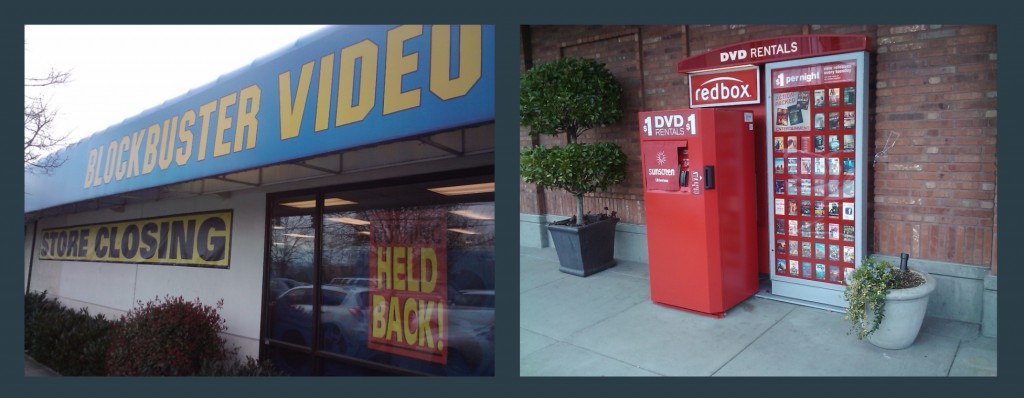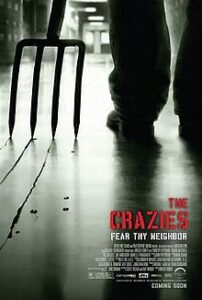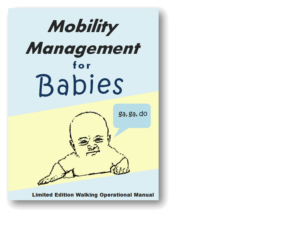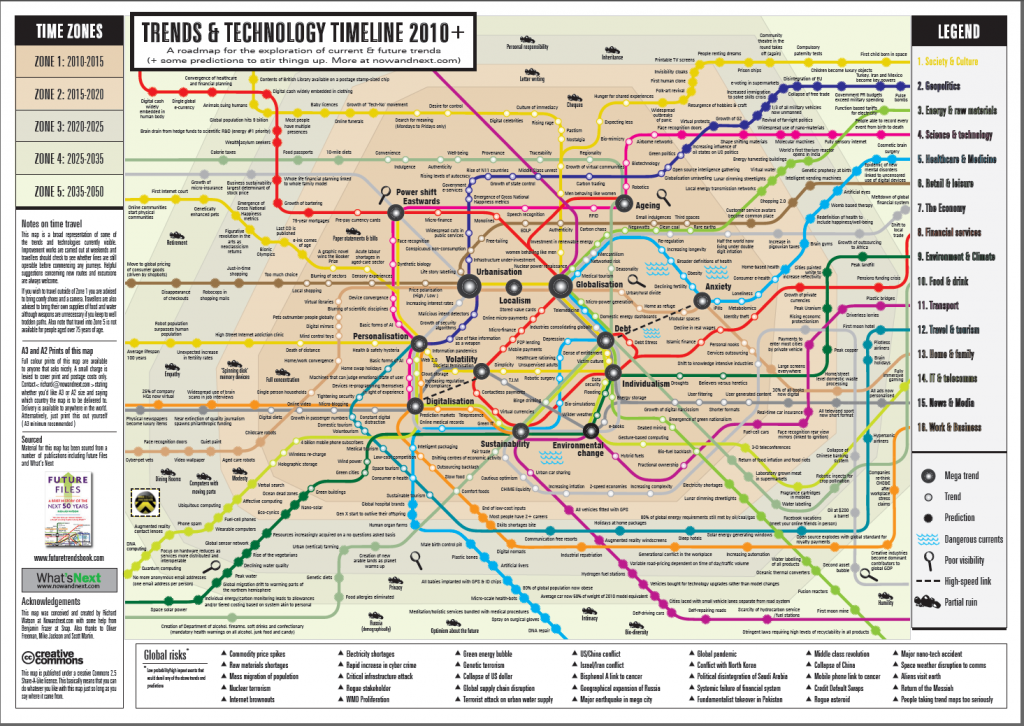people need courage
I had the good fortune of speaking with Yves Behar after a talk he gave at the Seattle Public Library. In his talk about Design for Good he either mentioned or hinted at repeatedly, that people need courage. I jokingly asked him if there was some sort of courage camp that these people attended, or if they found him. I seriously doubted that Yves, the founder of fuseproject, a brand and product experience company, was cold calling big brands and governments, spurring them to action. He said, the thing about courageous people is that they are looking for solutions.
Here is a sampling of what was made possible when others thought it impossible.
 One Laptop per Child.
One Laptop per Child.
You’ve heard about it. But, did you know that every primary school student in Uruguay has an XO computer. Conventional thinkers thought this to be impossible. They also thought there was a dearth of talent to maintain and upgrade the computers. It turns out that XO computers were designed for in country personnel with little training to be able to upgrade the operating system, which they have done many times.
It all started because of a question
“What if we eliminated the shoebox?”
It took 21 months for fuseproject and Puma to eliminate the shoebox. They also made the entire prescription open source. Other shoe companies can follow suit without fear of encroaching on patents and other intellectual property. Good for the consumer, good for the company, and good for the planet.
Getting a laptop into every child’s hand and eliminating the shoebox were both big changes to the status quo. Nothing happens until somebody thinks and acts differently. People involved in these projects had the courage to challenge the status quo, ask questions, and explore new territory.
Do you have the courage to make the impossible, possible? What is your question? How long will your idea take? A lot longer if you don’t get started and infinitely longer if you don’t begin with a question.
Need help? Contact Us.
Not ready but want Tips, Tricks, and Tools – Subscribe to our What’s Next newsletter.





 Gosh. That sounds mean. Why would you say that? Like a child learning to walk, uninstructed, unencumbered by rules and the walkers operational manual, we all need to run experiments, prototype and get onto the business of walking so someday we can master running. Babies run experiments and eventually they turn many failed attempts into the successful first walk. They go on to refine their walk and eventually master running, skipping, jumping and a host of related activities. In our adult lives we sometimes forget how naturally wired we are to do this. We erect and adhere to rules, systems, and process even when the situation doesn’t call for it. Failure is OK; it can be really good for you and your organization. I pray that you fail and then learn from it to make a difference.
Gosh. That sounds mean. Why would you say that? Like a child learning to walk, uninstructed, unencumbered by rules and the walkers operational manual, we all need to run experiments, prototype and get onto the business of walking so someday we can master running. Babies run experiments and eventually they turn many failed attempts into the successful first walk. They go on to refine their walk and eventually master running, skipping, jumping and a host of related activities. In our adult lives we sometimes forget how naturally wired we are to do this. We erect and adhere to rules, systems, and process even when the situation doesn’t call for it. Failure is OK; it can be really good for you and your organization. I pray that you fail and then learn from it to make a difference. Everything has changed, but you’re still executing on the old strategy? Chances are you’ve been too busy to re-examine your strategy, let alone change course. Like most organizations you’ve completed your annual planning and you’re on cruise control –Set it and Forget. Of course, you’ll revisit the strategy in next year’s annual planning session. But what happens when you’re cruising down the road and a competitor, customer, partner, or legislation throws the proverbial monkey wrench in your spokes. Right – your organization will react to it when you encounter that problem. If that is what you believe, then you’ve fallen into the trap. That’s the thing, you can only react to those things you are aware of. Most things that erode your business are more subtle than the abrupt, spoke shearing monkey wrench. Think of a hidden killer like pancreatic cancer. You don’t have years of leading indicators. When it is too late, it is sadly, too late.
Everything has changed, but you’re still executing on the old strategy? Chances are you’ve been too busy to re-examine your strategy, let alone change course. Like most organizations you’ve completed your annual planning and you’re on cruise control –Set it and Forget. Of course, you’ll revisit the strategy in next year’s annual planning session. But what happens when you’re cruising down the road and a competitor, customer, partner, or legislation throws the proverbial monkey wrench in your spokes. Right – your organization will react to it when you encounter that problem. If that is what you believe, then you’ve fallen into the trap. That’s the thing, you can only react to those things you are aware of. Most things that erode your business are more subtle than the abrupt, spoke shearing monkey wrench. Think of a hidden killer like pancreatic cancer. You don’t have years of leading indicators. When it is too late, it is sadly, too late.